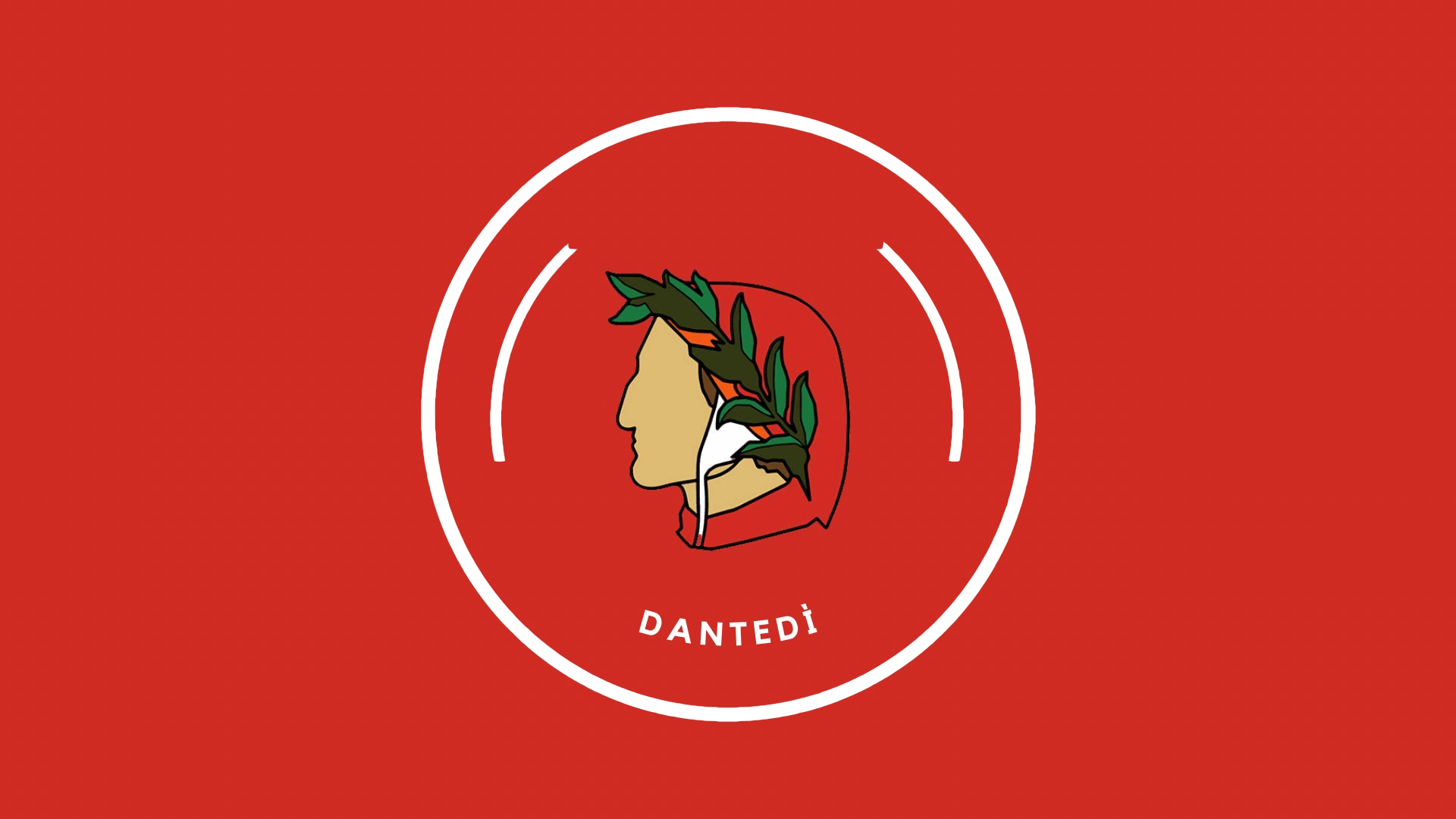Dantedì 2024

Dantedì, the Italian national day dedicated to Dante Alighieri, is celebrated every year on March 25th and was established in 2020. Why precisely on March 25th? According to tradition, it is the same day in 1300 that marks the beginning of the journey of the “Sommo Poeta” Dante, narrated in the Divine Comedy.
By downloading the app for iPhone, iPad and Apple Watch at this link you can discover all the contents of Dantedì 2024; here you can find a focus we have prepared for this day.
8 Curiosities about Dante and the Comedy
-
The Comedy consists of 100 cantos divided into 3 “cantiche”, each of 33 cantos, plus the Inferno’s proem. Each canto varies from a minimum of 115 to a maximum of 160 verses, for a total of 14233, all hendecasyllables in chained tercets.
-
“Far tremare le vene”, “gabbare”, “mesto”: these are some of the many Italian words and expressions coined for the first time by Dante in the Comedy, which later became commonly used. According to some calculations, 90% of the fundamental lexicon (the 2000 most frequently used words) of today’s Italian is already contained in the Comedy: for this and other reasons Dante is considered the father of the Italian language.
-
Dante’s exact year of birth is not known; it’s indicated in 1265 thanks to some autobiographical notes, first of all the famous “Midway upon the journey of our life”, hypothesizing that in 1300 (when Dante’s journey takes place) the poet was 35 years old, i.e. half the average age of life according to the Bible. Also, in Canto XXII of Paradiso Dante states that he is of the sign of Gemini.
-
His first datable sonnet, written in honor of Beatrice, dates back to when Dante was 18 years old; however, no autograph manuscript remains of the poet.
-
Dante had titled his work simply “Comedy”; it was Boccaccio, editing a manuscript edition, who added the adjective “Divine”, which remained in subsequent editions.
-
Boccaccio describes Dante’s face as “long, and the aquiline nose, and the eyes rather large than small, the jaws large, and the upper lip protruded from the lower lip; and his color was brown, and his hair and beard thick and black and frizzy.” However, a 2007 study conducted on the poet’s remains shows that Boccaccio’s was more of a psychological portrait, aimed at idealizing his form. Of all the images, the one considered safer is Giotto’s fresco, which represents a young Dante.
-
The “Cammino di Dante”, between Ravenna and Florence, is an excursion route organized between the paths and medieval streets traveled by the Great Poet, divided into 20 stages for a total of almost 400km.
-
All three Cantiche of the Comedy end with the word stars: “Thence we came forth to rebehold the stars.” (Inferno XXXIV), “Pure and disposed to mount unto the stars.” (Purgatorio XXXIII), “The Love which moves the sun and the other stars.” (Paradiso XXXIII)